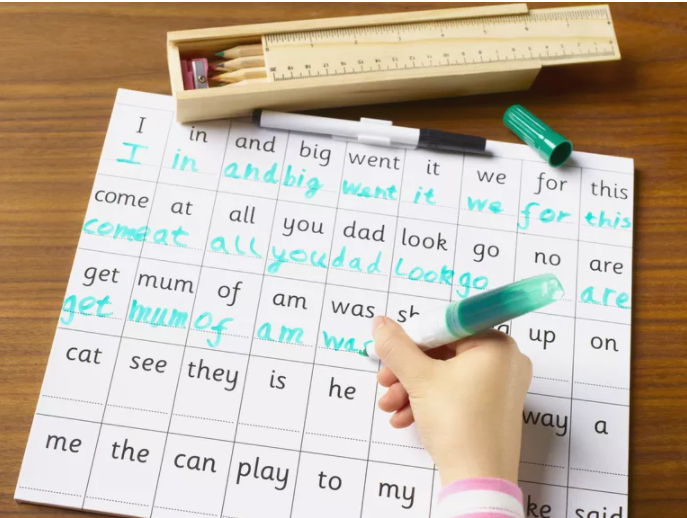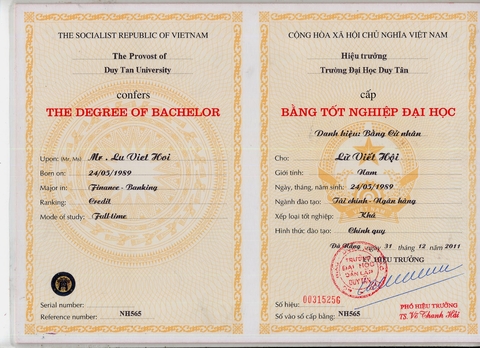
The practice of dictation is one of the most widely used school exercises to teach, evaluate and learn the proper use of graphemes, accents, upper and lower case letters, among other formal aspects of the written language. It is used primarily for learning and evaluating spelling.
It is defined as reading a text aloud at a moderate speed so that it can be copied. Cognitive psycholinguistics is conceived as an intellectual process through which the oral language that is received as linguistic input is transformed into written output. You can learn dictation words with the help of some online spelling programs.
Dictation types
Variability in the way of dictation words is important to consider, not only varying the technique but also the type of text and the interaction and roles between the students and the teacher. Some people advise varying the way of dictation quite often so that students do not have the feeling that they are repeating the same exercise over and over again. Dictations can take the most diverse forms.
-
Traditional dictation
It is the best-known form; it assesses students’ spelling. It proposes seven steps for its execution that can be divided into three: understanding, transcription, and revision.
-
Secretarial
The teacher puts the students in the position of secretaries, so they must take notes of a text that the teacher will read two or three times at normal speed, without stopping. Students should write what they can grasp; always the essentials, and then they will meet in teams to reconstruct the text, according to the notes of the others. It is important to have a reconstruction requirement that the relevant information or central message is preserved. These are good exercises to exercise memory and construct texts, starting from an initial draft. 8th-grade vocabulary words can easily learn using online assignments.
-
Memoristic
The teacher chooses a fragment to dictate and distributes it to the students, writes it on a poster, or selects it from the students’ text. They observe it and memorize the writing of the words with difficulty. Then the teacher orients to cover the fragment and dictates it. The review is automatic by the student, from the text that he carefully observed.
-
Sung
It consists of listening to a song recorded on a tape or other medium. Students try to copy the lyrics. They will make a mark when they lose a whole verse. The second audition will be to fill in the empty spaces and confirm the words indicated. Then, in pairs or small groups, the review will be done, and each one will complete what is missing. It can be verified in many ways: by handing out a sheet with the written song and writing it on the board.
-
Creative I
The teacher dictates only the adjectives, adverbs, nouns, and verbs of a text. Later groups of students reconstruct their understanding by adding articles, conjunctions, prepositions, pronouns. Finally, the results are shared.
-
Twin
The teacher or a student says a long sentence. The rest collect the most words. In groups of two, it is attempted to reproduce. Then two couples get together and correct their opinion.
-
Ludic
A text is given where certain words are replaced by pictures that represent them. The students have to substitute the images for the corresponding word, based on the dictation of their teacher or what they hear on a tape containing a poem, song, or simply a previously recorded prose text.
-
Selective
This requires a greater effort on the students since they must make a quick discernment at the right moment of the dictation. Several analyzers are put into operation, so they are recommended to be used when the initial difficulties have been overcome. According to a criterion, the teacher will previously specify which words should be copied, which can be agreed with the students: words with an accent, ending with the letter d, acute with an accent, adjectives with v, only nouns, among others.
Conclusion:
Dictation from psycholinguistic processing constitutes a complicated and complex process because it involves two different varieties of language: oral and written, and the dialogical relationships involved in them. From the depth of said knowledge would be given the success in the task of taking the dictation. The experiences of interaction between them should be key to understanding the complex relationship that unites them. Visit more



